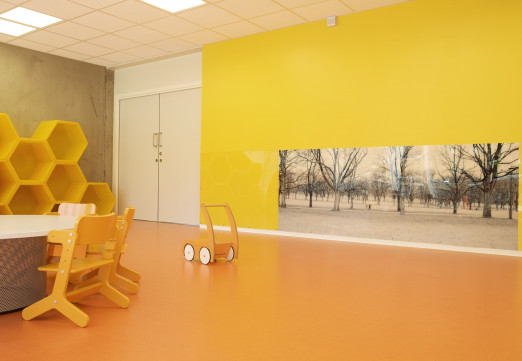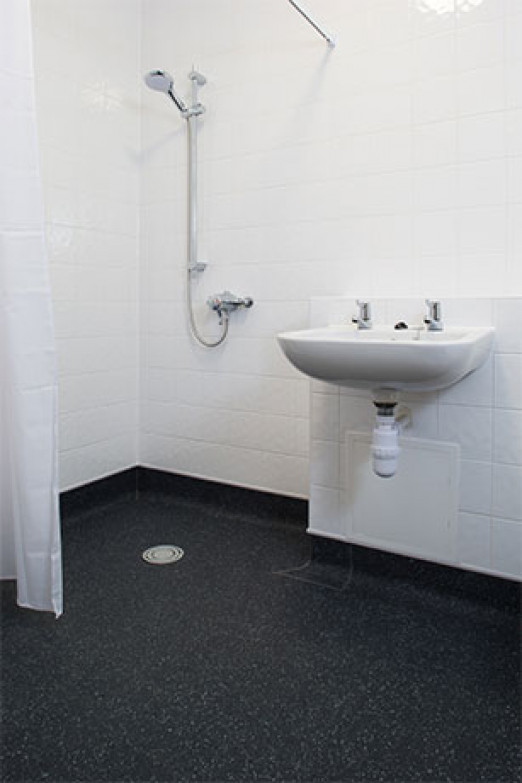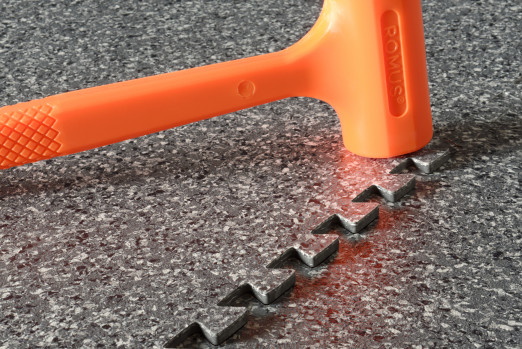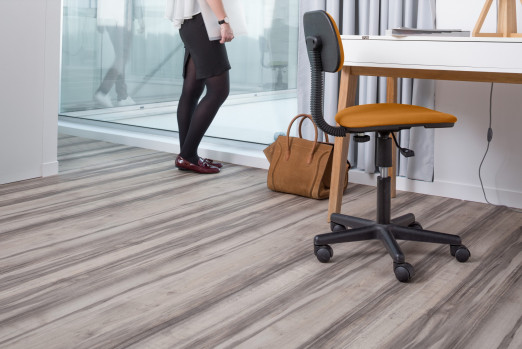Social housing has been making headlines for the wrong reasons in the aftermath of the Grenfell Tower tragedy. But on a positive note, it has highlighted the needs of tenants and ways of making their homes better, safer places to live in.
However, there is also an urgent need for more affordable housing in Britain and a pressing requirement to reverse the reduction in the building of government-funded social housing for rent. In order to expand the housing programme, the government announced in January that a £7bn fund has been allocated of which £1.4bn is to be available to housing associations and councils to fund 40,000 additional affordable new homes by 2021.
Following the Grenfell disaster, the safety and well-being of social housing tenants has also fallen under greater scrutiny making improving tenant satisfaction a priority for many housing providers. Pleasing tenants is therefore an uppermost consideration when refurbishing or building new homes, with social landlords facing increasing pressure to provide safe, secure homes that appeal decoratively to tenants.
Design-led floorings
Against a backdrop of providing more social housing homes and higher levels of tenant satisfaction, dedicated luxury vinyl flooring solutions for housing have been developed. As the look and feel of flooring is most important to tenants, design-driven floorings that do not resemble the stereotypical council house floorings of the past, yet meet specification criteria, are increasingly in demand for social housing refurbishment and new build projects.
Advanced, well-designed, cushioned, vinyl floorings designed for residential rather than commercial use can therefore help social housing landlords create a homely, desirable, safe and secure environment. This is chiefly because vinyl floorings that meet HSE guidelines and are R10 slip-resistant can fulfill that safety criteria. They can also now embrace decorative trends and come in a great choice of designs with added thermal, comfort, acoustic and performance benefits. As a result, housing providers can feel secure in offering durable, quality products, which can be depended upon to enhance the client experience.
Additionally, the introduction of loose-lay, fibre-backed residential vinyl floorings with an in-built waterproof balancing interlayer, can help landlords with fast track installations causing less inconvenience to tenants. Ideally suited to refurbishment, these flooring types can be laid without adhesive over most smooth, flat, hard, clean existing surfaces, even where moisture levels are high, saving both time and money and allowing contractors to lay up to twice as much m2 per day. Available in multiple widths, further reducing waste and inconvenience, they also have inclusive, innovative technology that can dramatically reduce remedial work.
The addition of hard-working surface treatments that do not harbour dirt, also allow floorings to look good for longer with simple, low-cost maintenance.
Future proof flooring
When vinyl flooring was introduced in the 1930s, the average life expectancy for a man was under 60. Today men and women can expect to live well into their 80’s. What’s more diseases like diabetes have increased by up to 60% in the last decade. With an ageing population, longer life expectancy and acceleration in certain diseases, the dynamics of our society are changing as corresponding health and mobility problems increase and appropriate heath and care service provision needs to be made.
To ease the burden, future proofing social housing can only make sense. Local authorities and housing associations are therefore looking to adapt a larger proportion of bathrooms to accommodate both the ablebodied and disabled with combined barefoot and shod floorcovering solutions. Once adapted, a bathroom is also ready for incumbent tenants as they age, allowing them to live independently in their own homes for longer.
Adapting existing residential housing is a cost-effective way for social landlords to future-proof housing stock. However, to ensure value for money, it is essential that the right products are selected for bathrooms, en-suites, shower rooms and any high risk wet area where a durable, slip-resistant flooring is necessary.
The ideal flooring solution for disabled adaption, will perform well in both wet and dry conditions and achieve the best possible safety rating in DIN 51097 (wet barefoot ramp test) and DIN 51130 (wet shod ramp test). As a result, the flooring will be suitable for barefoot and shod wet areas where the disabled may require assistance. The flooring must also be well designed and suitable for hot welding so that a fully water-tight surface, ideally coupled with an impervious coving system, is achieved.
Sustainable with low VOC emissions, reliable, safe and durable, residential vinyl floorings should be fit for purpose making a kitchen or bathroom flooring less likely to need replacement because of damage and providing added value.
Today’s vinyl floorings with the exacting performance criteria that social housing landlords need and the look and feel that tenants want, are therefore meeting the social housing sector’s requirements of today and also tomorrow.







